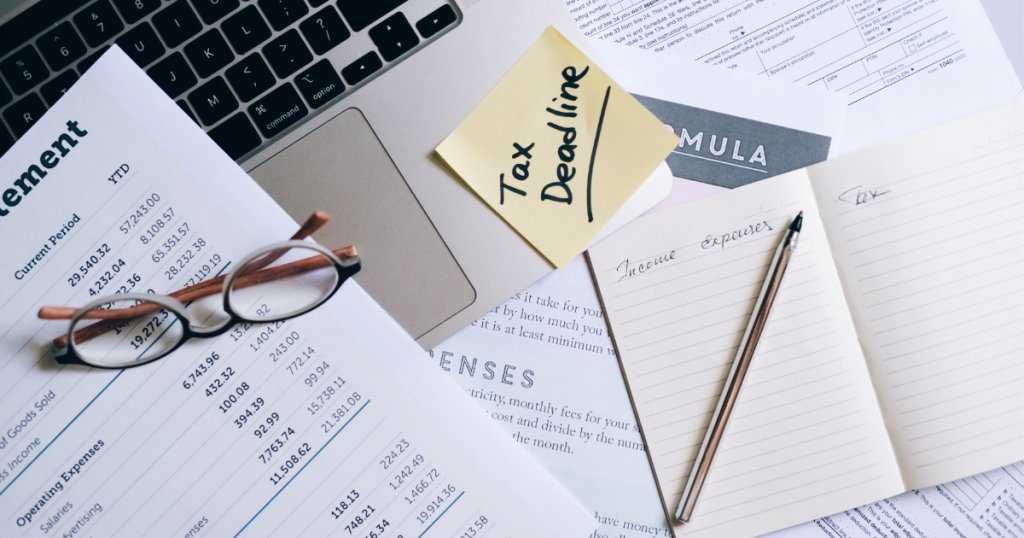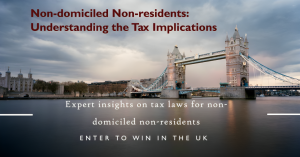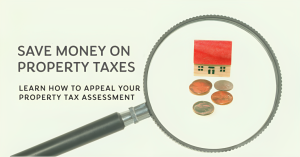Self assessment
Self-assessment tax is a system in the UK that requires individuals who are self-employed or have additional sources of income to calculate and pay their own income tax. As per UK laws, the individual has to submit a tax return to HM Revenue and Customs (HMRC) annually, declaring their income and the amount of tax they owe. It is pertinent here to mention that self-assessment tax is due by January 31st of each year for the previous tax year (April 6th to April 5th).
How to file a self-assessment tax return in the UK?

To file self-assessment tax returns in the UK, you need to follow these steps:
- The process of filing self-assessment tax returns begins with registration with HMRC. Once you have registered, HMRC will issue you a Unique Taxpayer Reference (UTR) number.
- You will gather all the information that you will need to complete your tax return. It includes your income, expenses, taxable benefits (if any), and information about capital gains.
- There’s exist an HMRC’s online software that you can use freely to complete your tax returns.
- Once you are done with the tax returns, you need to submit it byJanuary 31st for the previous tax year (April 6th to April 5th).
- If you owe tax, you’ll need to pay it by the deadline. You can pay bank trasfer, pay online, by post or by phone.
Different Ways to Pay Self-Assessment Tax Bills

You can pay your self-assessment tax bills through these methods:
To pay your self-assessment tax bill using your Government Gateway account in the UK, you need to lon into your Government Gateway Account through HMRC’s official website. Once logged in, you will click on self-assessment tax bills. Now, click on Payment Options tab to proceed.
A new screen will appear where you will select the correct tax year [by correct tax year, the expert means the year you are going to pay self-assessment tax bill against]. Now you will enter the amount that you are required to pay and the preferred payment method. The panel will ask you to review to and confirm the payment. Voila! You have made your self-assessment bills.
Paying Self-assessment tax bills through Direct Debt
The second method of paying self-assessment tax bills is known as direct debt. The process begins in the same manner as the above one: registering yourself with the HMRC. It is pertinent here to mention that registration is required to receive the tax bills and manage paying the same.
Now as registration is complete, you will move to the Payment section. Here, you will submit your bank details to set up the direct debit. Now HMRC will automatically deduct your self-assessment tax bills from your account, and because of the very same reason, it is called Direct Debit.
Paying Self-Assessments Through CHAPS
CHAPS (Clearing House Automated Payment System) is a UK-based same-day electronic payment system used to transfer funds between banks. To pay a self-assessment tax bill in the UK through CHAPS, you need to provide your bank with the following information:
- Your bank account number
- Your sort code
- HM Revenue and Customs’ CHAPS payment details:
- Bank name: HSBC Bank plc
- Bank address: 8 Canada Square, London E14 5HQ
- Account number: 11878068
- Sort code: 40-05-20
Payment reference: Your 10-digit Unique Taxpayer Reference (UTR) number.
Note that a CHAPS payment is a same-day payment and typically carries a higher fee compared to a standard bank transfer
Paying Self-Assessment Tax Bills through BACS
To pay a self-assessment tax bill in England through BACS (Bankers’ Automated Clearing Services), you can follow these steps:
- Gather the following information: Your bank account number, sort code, 10-digit Unique Taxpayer Reference (UTR) number
- Log into your online banking account or visit your local bank branch.
- Select the option to make a BACS payment.
- Enter the following details:
- Payment recipient: HM Revenue and Customs
- Bank name: HSBC Bank plc
- Bank address: 8 Canada Square, London E14 5HQ
- Account number: 11878068
- Sort code: 40-05-20
- Payment reference. Your 10-digit UTR number
- Enter the amount you wish to pay.
- Confirm the payment.
Paying Self-Assessment Tax Bills Through Cheque by Post
To pay a self-assessment tax bill in England through cheque by post, you can follow these steps:
- Obtain a blank cheque and a blank envelope.
- Write a cheque to “HM Revenue and Customs” for the amount you wish to pay.
- On the back of the cheque, write your 10-digit Unique Taxpayer Reference (UTR) number.
- Place the cheque in the envelope and address it to:
- HM Revenue and Customs
- Direct,
- BX9 1AS
- United Kingdom
- Apply postage to the envelope and send it to the address provided.
You should note that sending the check to HM Revenue and Customs may require a few working days for delivery, and the processing of the payment might also take a few working days. To prevent incurring late payment fees, we recommend allowing ample time for the payment to reach HM Revenue and Customs and to be processed before the payment due date.
What should I do if I’m Unable To Pay My Tax on Time
If the above case arise, you need to contact HMRC at the earliest and explore with them the available payment options.
- Request a payment plan to spread your payments over a longer period of time.
- Consider using the Time to Pay service, which is a government-sponsored arrangement that allows you to pay your debt in instalments.
- Consider using a debt management plan, which is a way of paying off your debts over a longer period of time through a third-party company.
- Consider using a debt relief order, which is a debt solution available to people with low income and limited assets.
It is important to take action quickly and not ignore the problem, as failure to pay taxes can result in additional interest and penalties, and in serious cases, legal action.
Appealing Property Tax Assessments: Your Path to Savings
Conclusion
In conclusion, the self-assessment process for UK accounting company wesavepropertytax.com, as documented on their blog, provides valuable insights into ways to save on property tax. By implementing effective tax planning and management strategies, businesses can minimize their tax liability and improve their financial performance. This information is useful for the company’s audience or visitors, as it emphasizes the importance of seeking professional assistance in tax planning and management. At wesavepropertytax.com, we strive to educate and inform our readers on the latest tax-saving techniques, and provide expert guidance and support to help businesses achieve their financial goals.









